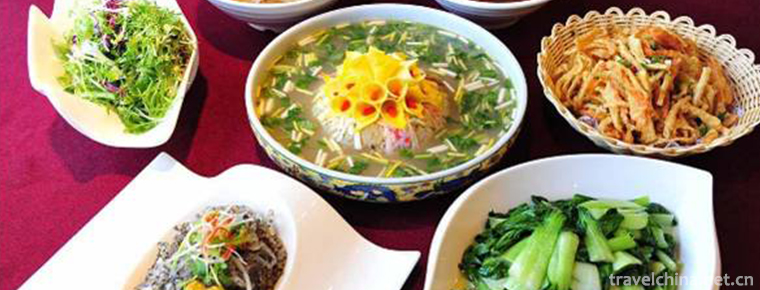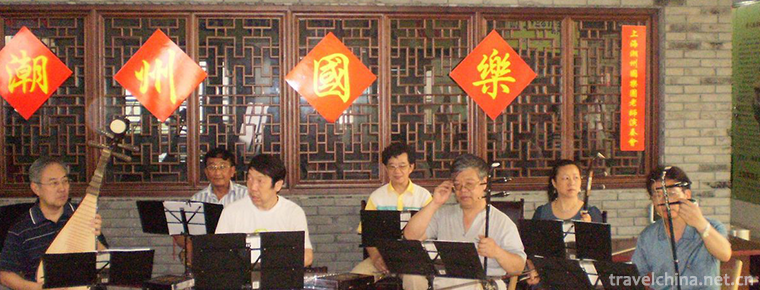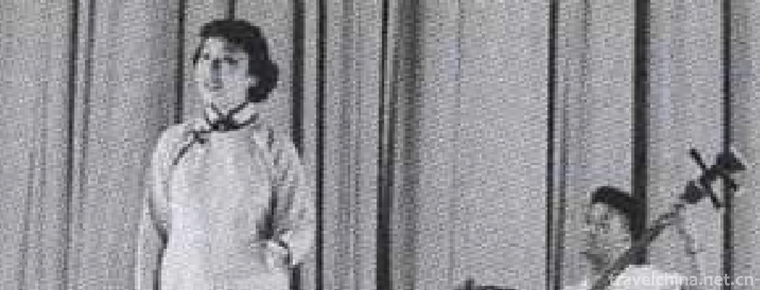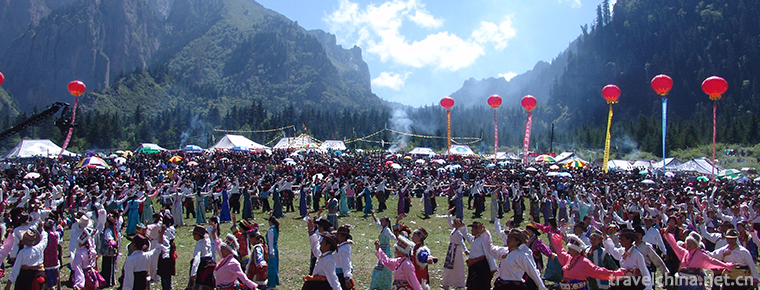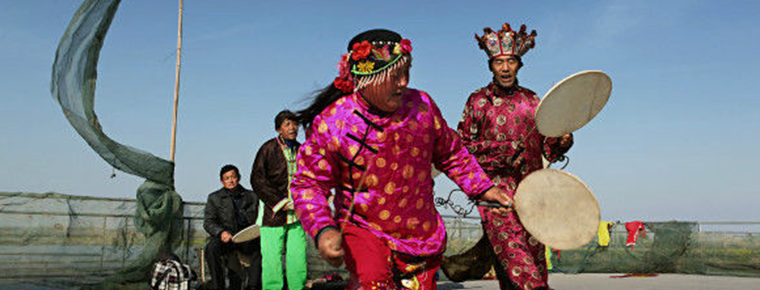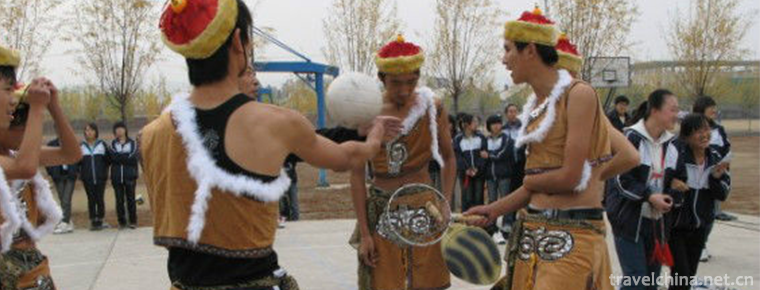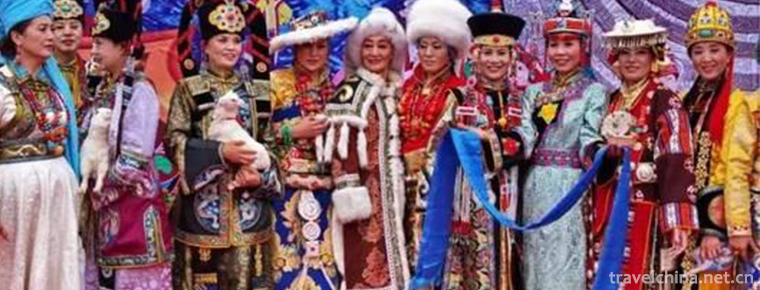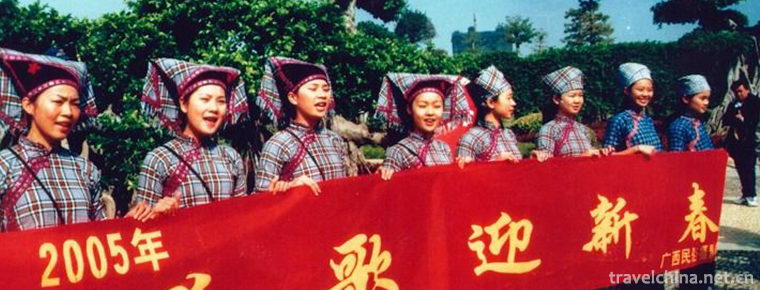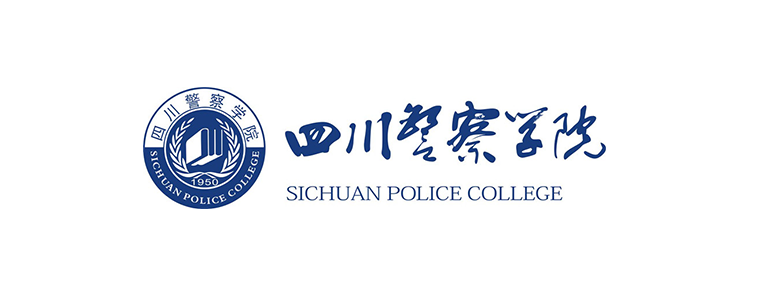Sichuan Tourism University
Sichuan Tourism University
Sichuan Tourism College is the first independent tourism undergraduate college in China. In 2018, it was approved by the Overseas Chinese Office of the State Council as the base of "Overseas Chinese Benefit Project - Chinese Food Prosperity Plan". As a pilot University of overall transformation and development reform of Sichuan undergraduate colleges and universities, the school adheres to the concept of "application-oriented, characteristic and open-ended", constantly deepens educational reform, inherits China's excellent culinary tourism culture, and cultivates applied talents adapted to social and economic development and the modernization of culinary tourism.
The main campus of the school is located at 459 Hongling Road, Longquanyi District, Chengdu City, Sichuan Province, covering an area of 637 mu. The campus has been built into a national AAA tourist attraction with elegant environment and pleasant scenery. The school has a track and field stadium, rock climbing stadium, comprehensive training hall for leisure sports, basketball court, volleyball court, golf practice court, beach volleyball court, tennis court, badminton court, swimming pool and other leisure sports facilities.
The school is based on management and engineering, supported and coordinated by economics, literature, pedagogy, art, science and other disciplines, focusing on the construction of the discipline system of "big tourism". There are more than 9000 full-time students, 4000 correspondence students and 6000 self-taught students. There are 11 secondary schools, such as Cuisine College, Food College, Hilton Hotel Management College, Sports and Leisure College, Tourism and Culture Industry College, Economic Management College, Foreign Languages College, Information and Engineering College, Art College, Marxist College and Continuing Education College. There are 22 undergraduate majors in cooking and nutrition education, food science and engineering, Hotel management, leisure sports, tourism management, building electrical and intelligent, landscape architecture, business English, logistics engineering, and other specialties with Chinese and Western cuisine, Golf and other characteristics.
The school has set up cooperative innovation centers for Sichuan cuisine industrialization and internationalization in 2011, cooperative innovation centers for enhancing the competitiveness of Sichuan-Tibet tourism industry in 2011, Sichuan cuisine development research centers, European and American food culture research centers, food processing and testing experimental teaching demonstration centers, western tourism development research centers, leisure agriculture and rural tourism research centers. Provincial and school-level scientific research and teaching experimental institutions such as the Accounting Center, the National Institute of Vocational Skills Appraisal and the Institute of Higher Education.
The school library has 950,000 books and 600,000 e-books. It has 22 categories of literature resources in five major categories. In particular, it has a full range of specialized libraries such as cooking, Hotel management, tourism management, leisure and sports.
The school currently has 460 full-time teachers, including 72 professors and 195 associate professors. Among the teachers, there are two experts who enjoy special allowances from the State Council, one national May 1 Labor medal, three winners of Sichuan May 1 Labor medal, one Sichuan Youth May 4 medal, one national technical expert, four experts from the Teaching Steering Committee of the Ministry of Education, four famous teachers in Sichuan Province, three excellent teachers in Sichuan Province and China Cuisine University. There are 9 teachers, 23 famous Chinese cooks, 1 famous Sichuan cooks and 6 baking masters in China; 10 academic and technological leaders and backup candidates in Sichuan Province, 4 outstanding experts with outstanding contributions in Sichuan Province, 1 National Talent Engineering Expert for millions of people, 1 expert for Sichuan's "Thousand Persons Plan", and 1 rural tourism training and regulation in Sichuan Province. There are 8 planning experts, 4 young tourism experts in Sichuan Province, 2 high-level overseas students and 8 poverty alleviation experts in Sichuan Province. The school has one national excellent teaching team, five provincial excellent teaching teams, two national excellent courses and 19 provincial excellent courses. Teachers in schools have reasonable structure and excellent quality, and their teaching and research abilities have been widely praised by the society.
Insisting on the integration of industry and education, school-enterprise cooperation and internationalization, the school is one of the 100 Application-oriented Undergraduate Universities in the construction of the project of integration of industry and education. There are hundreds of high-quality Industry-Education integration enterprises in China, distributed in the Bohai Bay, Beijing-Tianjin-Tang, Yangtze River Delta, Pearl River Delta, Chengdu-Chongqing and other economically developed regions; in foreign countries, there are exchanges between Perugia University of Italy, Thai Chamber of Commerce University, Royal Xuandushi University of Thailand, Dukai Hotel Management College of France, Toulouse Hotel Management College, etc. Students, exchange students training, Bachelor's degree, Master's degree and other projects at the University of Edinburgh, UK. There are international cruise, Singapore, the United Arab Emirates, Qatar, Australia, the United States and other paid internship and employment projects overseas. The world famous Hilton Hotel Management Group has cooperated with our school to establish the second Hilton Hotel Management School in the world.
After years of construction and development, the school has made remarkable achievements in personnel training, scientific research, social services and cultural inheritance and innovation. Teachers and students gather wisdom and take responsibility bravely, strive hard to build the university into a distinctive and first-class application-oriented tourism undergraduate university, to build a well-off society in an all-round way, to satisfy people's yearning for a better life, food safety and high-quality tourism.

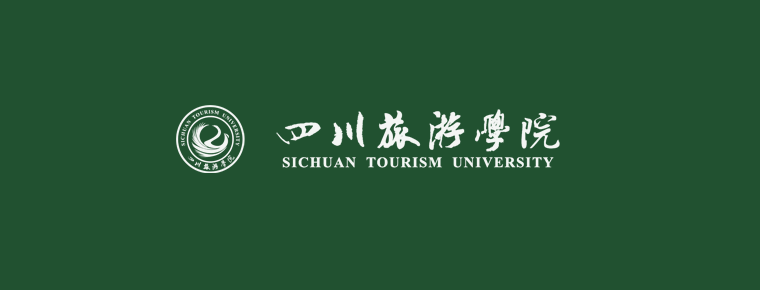
-
shui xi of Luo Yang
shui xi of Luo Yang/Luoyang Water Banquet is a traditional feast with characteristics in Luoyang, Henan Province, which belongs to the Henan Cuisine Department..
Views: 224 Time 2018-11-26 -
Chaozhou Music
Chaozhou music is the general name of all kinds of traditional folk instrumental music spread in Chaoshan area of Guangdong Province, referred to as Chaozhou music.
Views: 155 Time 2019-04-16 -
Single string ziqu contains bifurcation
Single string ziqu, quyiqu. It is popular in Beijing, Tianjin, North China and Northeast China. During the reign of Guangxu in Qing Dynasty, folk artists compiled their own lyrics with octagonal drum .
Views: 238 Time 2019-04-25 -
Pot dance
Guozhuang dance, also known as "Guozhuo", "Gezhuang", "Zhuo" and so on, is one of the three major Tibetan folk dances. Guozhuang Dance is distributed in Changdu and Naqu .
Views: 132 Time 2019-05-02 -
Hangzhou Reviews
Hangzhou Ci Commentary, commonly known as Xiaoshu, is the traditional art of rap and singing in Hangzhou, Zhejiang Province. It is a kind of folk art that tells stories.
Views: 190 Time 2019-05-02 -
Fishing Drum of Hongze Lake
The fishing drum of Hongze Lake, also known as Duan Encouragement, is a form of dance in which the singing and dancing were combined in a specific area when the old Shenhan burned paper for fishermen .
Views: 214 Time 2019-05-03 -
Manchu Pearl Ball
Pearl ball is a traditional sport of Manchu, originally known as pearl picking, which originated from the ancient pearl picking production activities of Manchu. In the age of Taizu Nuerhachi in the Qi.
Views: 259 Time 2019-05-20 -
Mongolian Costume
Mongolian costumes, also known as Mongolian robes, mainly include gowns, belts, boots, jewelry and so on. However, there are differences in styles due to different regions. Mongolian costume has a str.
Views: 115 Time 2019-06-03 -
Liao Song of the Zhuang Nationality
Liao Ge of Zhuang Nationality, folk literature of Pingguo County, Guangxi Zhuang Autonomous Region, is one of the national intangible cultural heritage..
Views: 140 Time 2019-08-16 -
Sichuan Police College
Sichuan Police College is the only full-time undergraduate college of political, legal and public security in Sichuan Province, which is sponsored by the People's Government of Sichuan Province and jo.
Views: 118 Time 2019-08-31 -
Nanchong landform
Nanchong terrain inclines from north to south, with an altitude of 256-888.8 meters. The main geomorphic types are hills, and 1 / 3 of them are high hills and low mountains, middle hills and valleys, and low hills and dams. The geomorphic types of the whole city.
Views: 321 Time 2020-12-17 -
Yibins first industry
In 2019, the total output value of agriculture, forestry, animal husbandry and fishery in Yibin is 45.084 billion yuan, up 2.8% over the previous year; the added value of agriculture, forestry, animal husbandry and fishery is 28.346 billion yuan, an increase of 3.0%..
Views: 122 Time 2020-12-18
